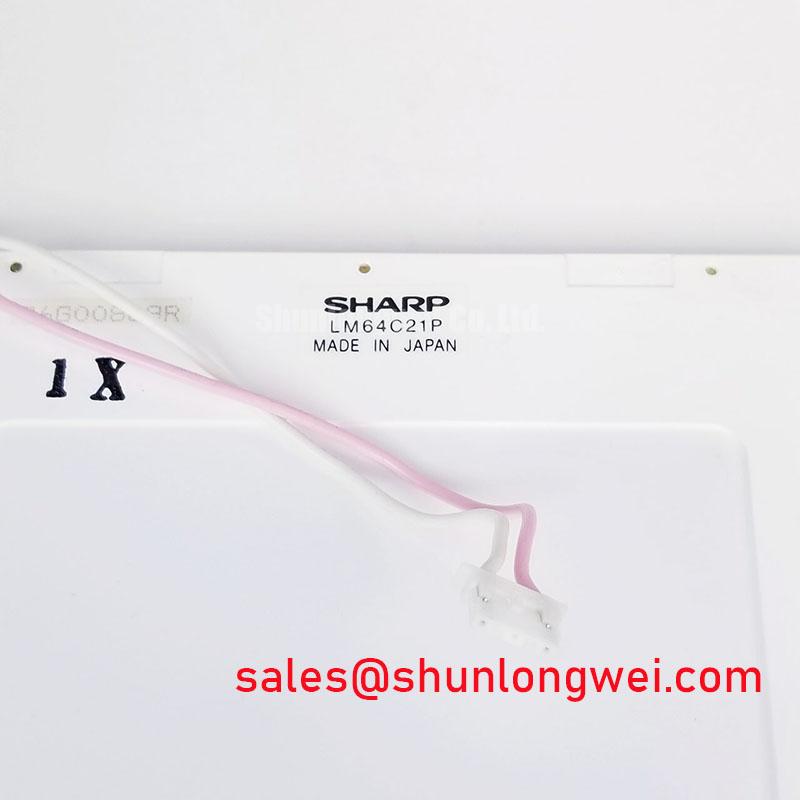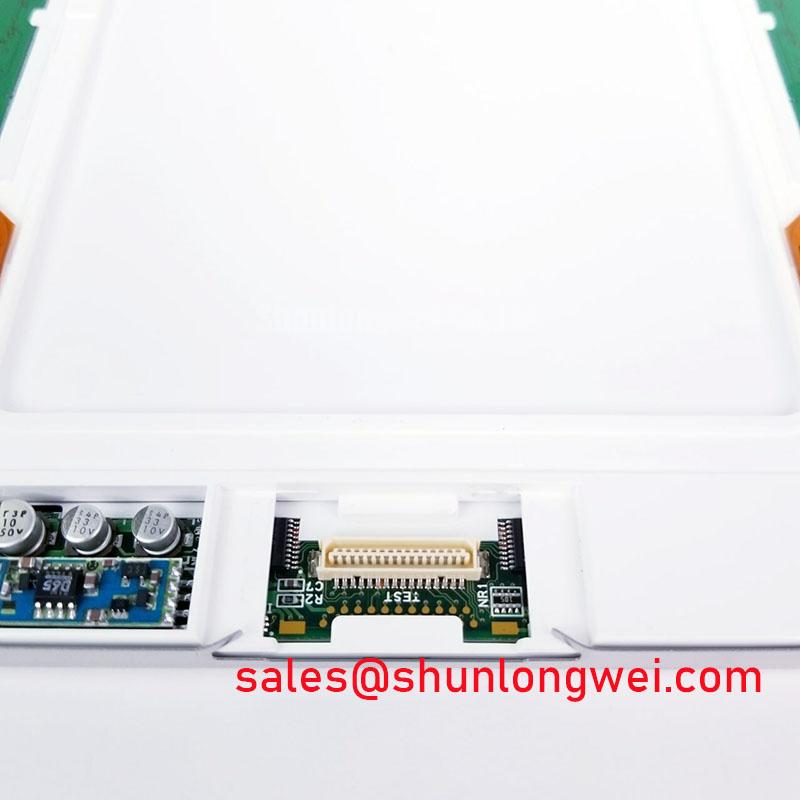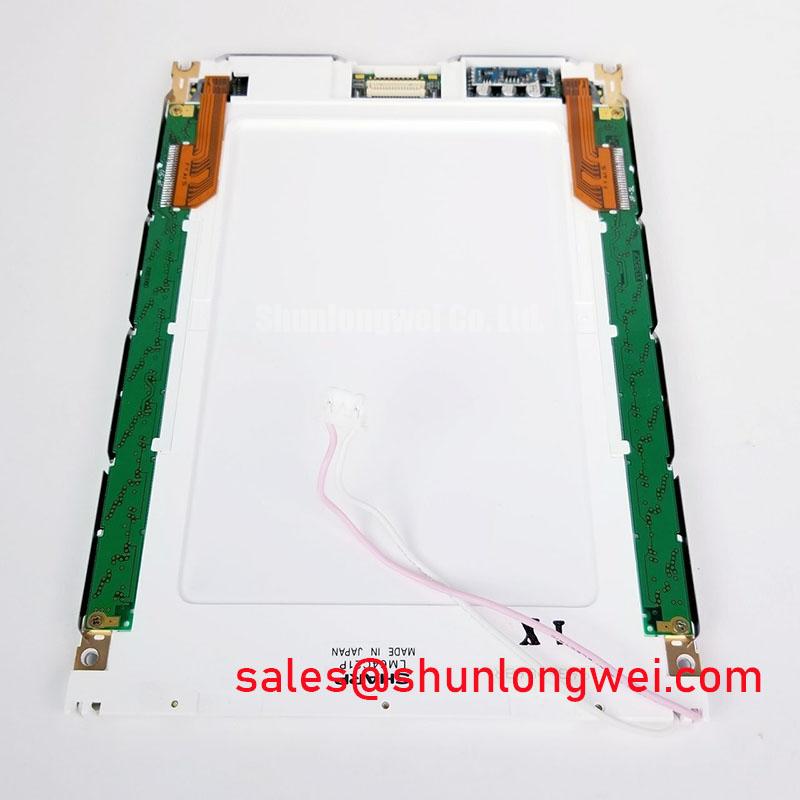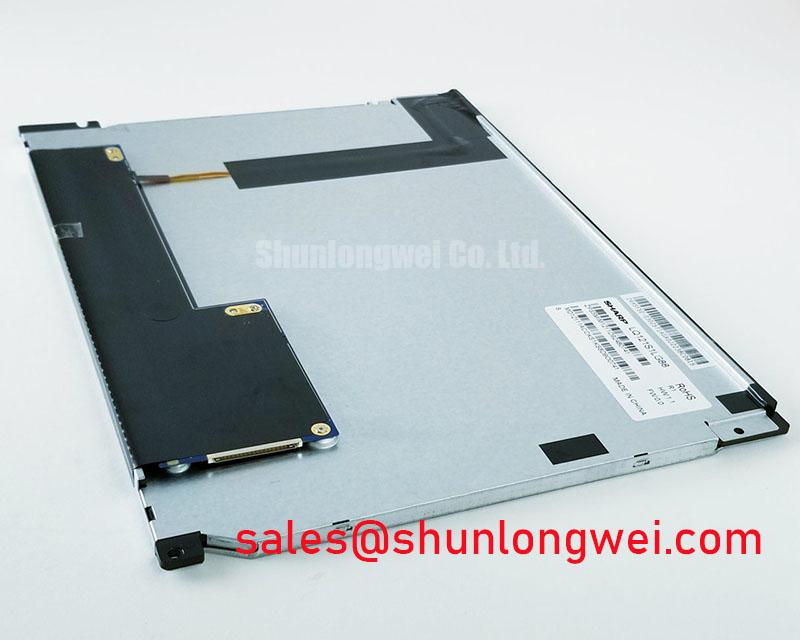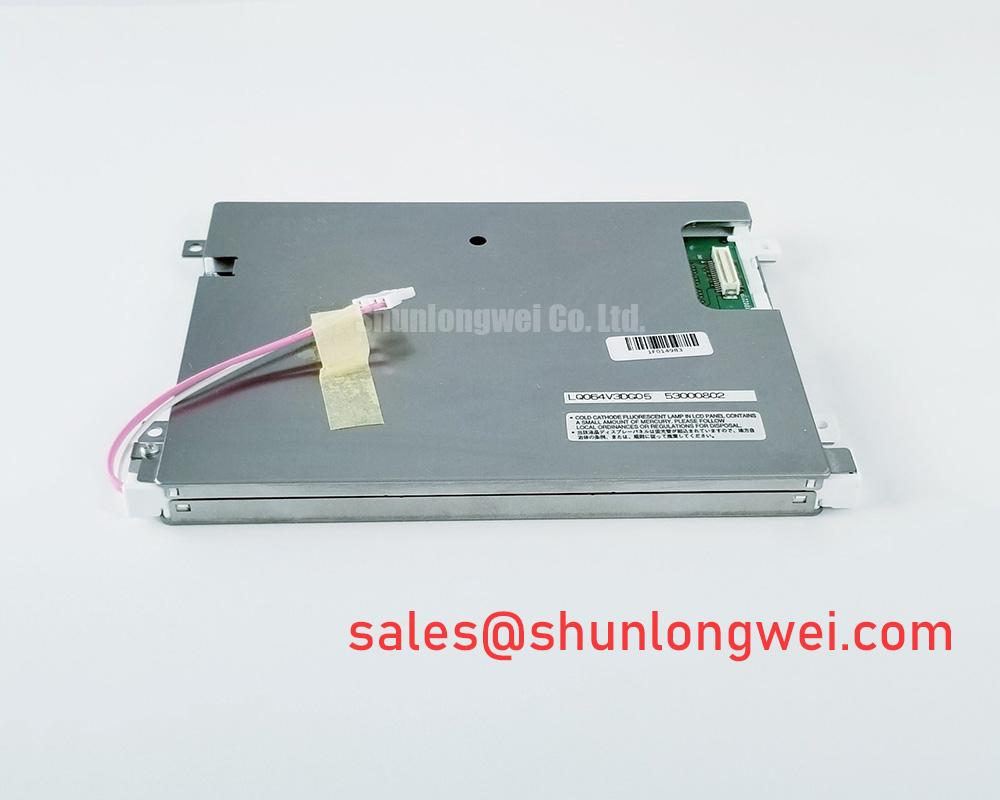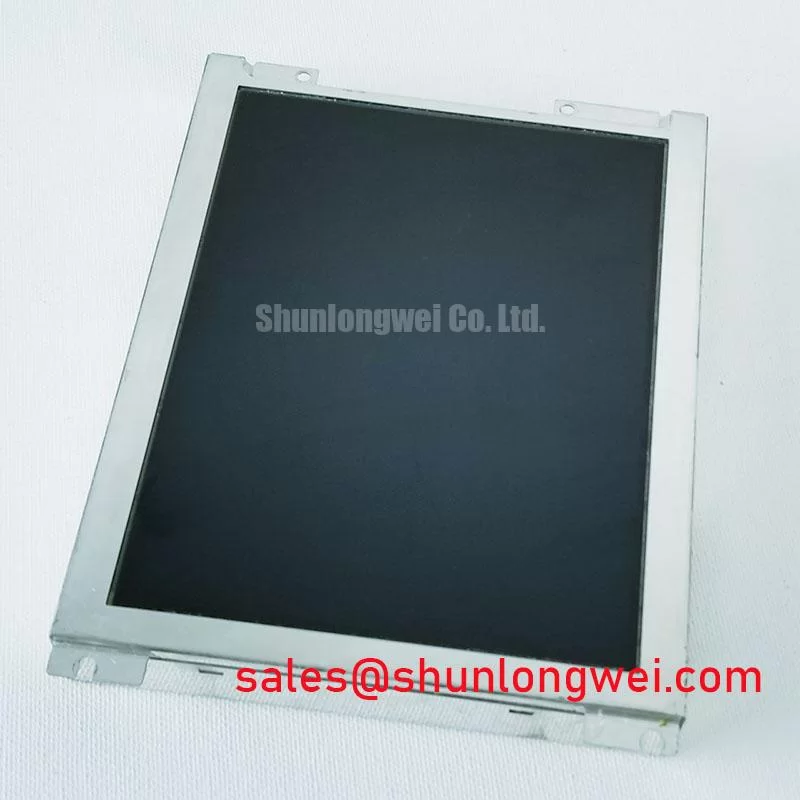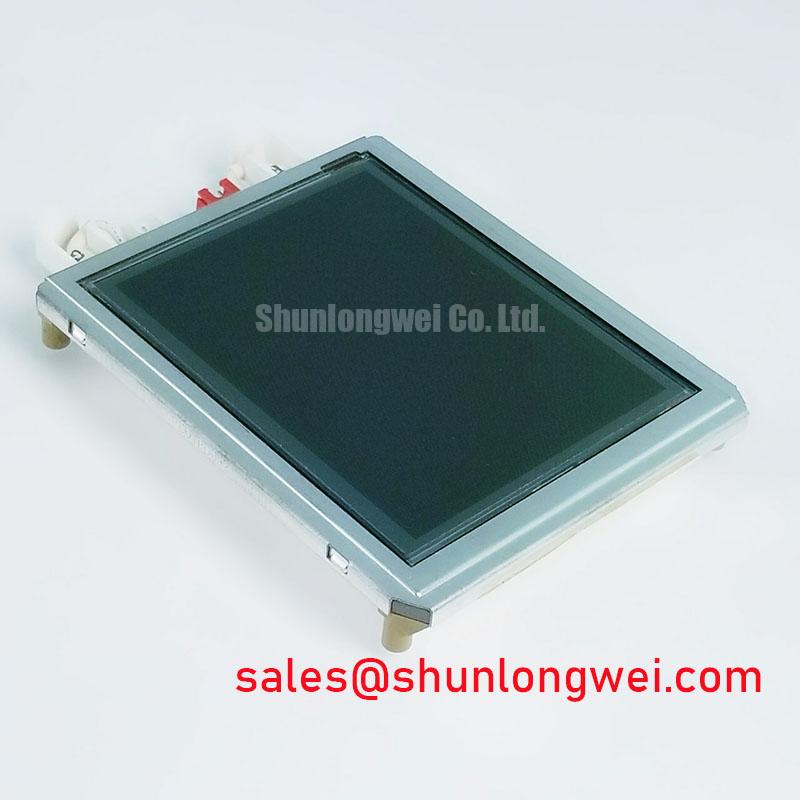Content last revised on September 16, 2025
Sharp LM64C21P: 9.4-inch VGA Monochrome FSTN Display
Technical Overview for Industrial HMI Systems
The Sharp LM64C21P is a monochrome STN LCD module delivering proven durability for legacy industrial and medical equipment. This display provides a robust visual interface solution engineered for long-term operational stability. Its core specifications include a 640x480 VGA resolution, a 0°C to +45°C operating temperature range, and a CCFL backlight with a 20,000-hour typical lifetime. Key benefits are its mechanical resilience and established interface compatibility. For engineers maintaining systems where a direct, reliable VGA-compatible monochrome panel is essential, the LM64C21P offers a consistent and field-tested component, mitigating risks associated with unproven alternatives in established designs.
A Comparative Framework for Legacy Display Evaluation
To support informed procurement and maintenance decisions, it is crucial to position the LM64C21P against other display technologies based on factual parameters. This is not about declaring a superior product, but about aligning component capabilities with specific system requirements. The primary trade-offs for a display like the LM64C21P often revolve around visual performance versus proven reliability and interface simplicity.
For instance, modern TFT displays offer color, higher contrast, and wider viewing angles. However, they may require more complex digital interfaces like LVDS and different power supply arrangements. The LM64C21P, with its parallel data interface, offers straightforward integration for legacy controllers designed for this standard. When evaluating options, engineers must weigh the cost and complexity of redesigning an interface against the lifecycle benefits of retaining a component with a known performance profile. For systems that demand a larger active area with the same resolution, the G104VN01 V0 presents a 10.4-inch alternative to consider.
Deployment Environments: Where Durability is Paramount
The LM64C21P is specified for applications where information clarity and operational endurance take precedence over high-fidelity color graphics. Its design finds a natural fit in environments that value component longevity and stability. Understanding these core applications provides insight into its engineering value.
- Industrial Control Panels: Used in manufacturing automation, CNC machines, and process control systems where operators need clear, unambiguous readouts of machine status, alarms, and operational parameters. Its monochrome FSTN technology provides excellent text and line-art legibility.
- Medical Diagnostic Equipment: Deployed in legacy ultrasound systems, patient monitors, and laboratory analysis machines where numerical data and waveform visualization are the primary functions. The display's stable performance is essential for consistent diagnostic readings.
- Test and Measurement Instruments: Integrated into oscilloscopes, spectrum analyzers, and network testing tools where durability and a simple, direct interface to the main processor are advantageous for long-term field use.
For systems requiring a proven VGA interface and operational stability up to 45°C, the LM64C21P offers a mechanically sound display solution.
Engineering Breakdown: The Foundation of Long-Term Stability
The resilience of the Sharp LM64C21P is not accidental; it stems from specific design choices in its core technology and construction. The Film-compensated Super-twisted Nematic (FSTN) passive-matrix technology forms the basis of its visual output. This technology was perfected for delivering high contrast in monochrome applications, offering a sharp black-on-white (or selectable inverted) image that remains a benchmark for certain types of data presentation. What is the specified backlight lifetime? The CCFL backlight is rated for a typical lifetime of 20,000 hours, ensuring extended periods of operation before service is required.
Furthermore, the physical construction, with a maximum weight of 480 grams and precise mechanical dimensions, allows for secure mounting within an enclosure. This sturdiness is critical in machinery that may be subject to vibration. The display's power and logic interface requirements are well-documented, simplifying maintenance and troubleshooting for field technicians. The relationship between the display controller and the panel is direct, a key factor in the high reliability of many long-serving industrial machines. You can learn more about the fundamental principles of these displays in our guide to TFT-LCD technology.
Strategic Value in System Longevity
In an industry focused on rapid innovation, maintaining and extending the life of capital-intensive industrial and medical equipment represents a significant strategic advantage. Components like the LM64C21P are vital to this strategy. Integrating such a display is not about adopting the newest technology, but about leveraging a proven one to maximize the return on investment of the entire system. By providing a form-fit-function compatible display solution, it allows manufacturers and service organizations to avoid costly and time-consuming system redesigns and re-validations. This approach supports a circular economy model, reducing electronic waste and ensuring that critical machinery remains productive for its full intended lifespan, a topic further explored in the discussion of industrial versus consumer display economics.
Highlighted Technical Specifications
This table outlines the key performance indicators for the LM64C21P, focusing on the parameters most relevant to its integration in durable industrial applications. For a comprehensive list of all specifications, please refer to the official product datasheet.
| Parameter | Specification |
|---|---|
| Display Technology | FSTN (Film-compensated Super-twisted Nematic) LCD |
| Screen Size (Diagonal) | 24 cm (9.4 inches) |
| Resolution | 640 x 480 pixels (VGA) |
| Active Display Area | 192.0 (W) x 144.0 (H) mm |
| Backlight Type & Lifetime | 1x CCFL, 20,000 hours (Typ.) |
| Operating Temperature Range | 0°C to +45°C |
Technical Inquiries on the LM64C21P
1. What are the primary considerations when replacing an older LM64C21P display?
When replacing this module, the most critical factors are ensuring mechanical compatibility (mounting points and outline dimensions), verifying the connector pinout for the parallel interface, and confirming that the supply voltages for both the logic (typically 5V) and the CCFL inverter match the host system's output.
2. How does the FSTN technology in the LM64C21P impact its suitability for modern applications?
FSTN technology provides high-contrast, easily readable text and simple graphics, which is ideal for data-centric HMIs. However, its slower response time and lack of color make it unsuitable for video playback or complex graphical user interfaces. Its value lies in its proven reliability and simplicity for legacy systems, not in competing with modern IPS or TFT panels on visual performance.
3. Can the CCFL backlight be replaced?
Yes, the CCFL backlight is a replaceable component. Sourcing a compatible CCFL tube and inverter is a common maintenance procedure for extending the life of displays like the LM64C21P. This is a key advantage for long-term system support, as backlight failure is often the primary end-of-life factor for older LCDs.
A Forward-Looking Perspective on Legacy Systems
Integrating a component like the Sharp LM64C21P is a deliberate engineering choice that prioritizes system continuity and lifecycle value. For engineers and program managers responsible for long-deployed fleets of industrial machinery or medical devices, the availability of such components is fundamental to operational strategy. It enables a focus on software upgrades and process improvements rather than forcing costly hardware redesigns. Ensuring a stable supply chain for these proven technologies is essential for maintaining the backbone of many critical industries, allowing them to evolve gracefully while preserving their initial capital investment.


